Home>Renovation & DIY>Home Renovation Guides>How To Claim Home Renovation Tax Credit
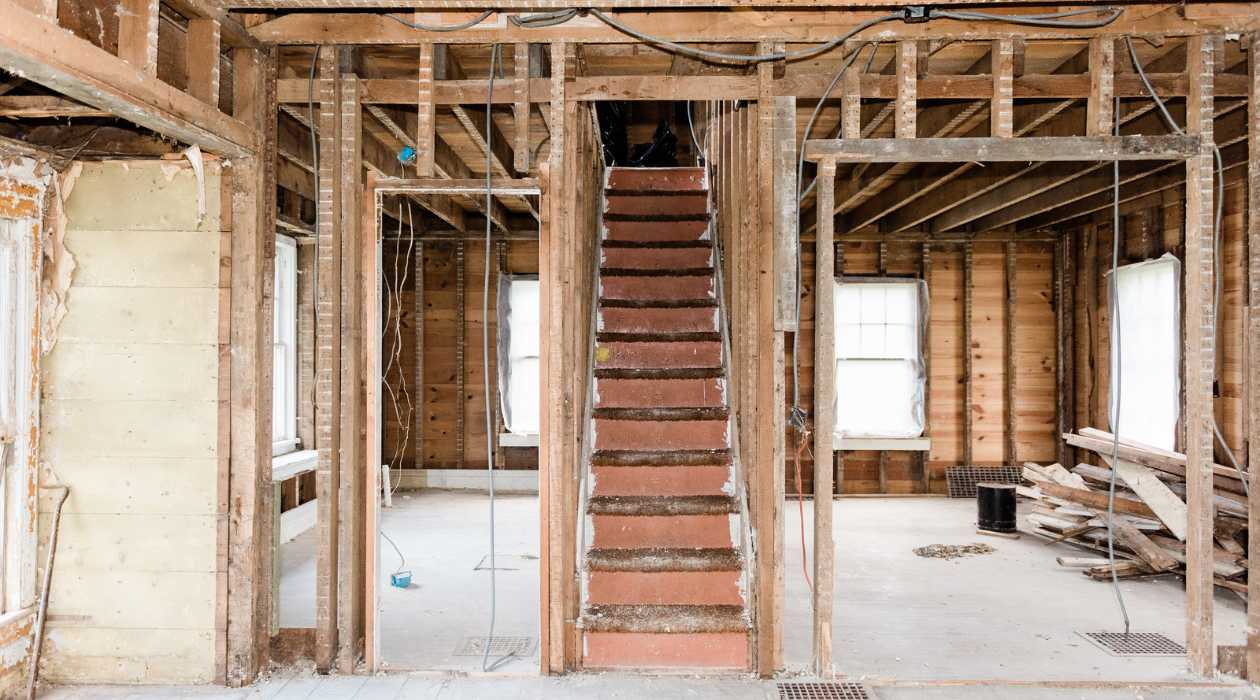

Home Renovation Guides
How To Claim Home Renovation Tax Credit
Published: December 21, 2023
Learn how to claim the home renovation tax credit with our comprehensive guide. Maximize your savings and get the most out of your home improvement projects. Discover expert tips and advice.
(Many of the links in this article redirect to a specific reviewed product. Your purchase of these products through affiliate links helps to generate commission for Storables.com, at no extra cost. Learn more)
Introduction
Are you considering making improvements to your home? If so, you might be eligible for the Home Renovation Tax Credit, a fantastic opportunity for homeowners to save money while enhancing their living space. This tax credit is designed to provide financial relief to individuals who invest in renovating their homes, ultimately contributing to the improvement of their local communities.
In this comprehensive guide, we will delve into the intricacies of the Home Renovation Tax Credit, offering valuable insights into its eligibility requirements, qualifying expenses, and the process of claiming the tax credit. By the end of this article, you will have a clear understanding of how to leverage this tax credit to your advantage and maximize your renovation budget.
Let's embark on this enlightening journey to uncover the benefits and intricacies of the Home Renovation Tax Credit, empowering you to make informed decisions and embark on your home improvement projects with confidence.
Key Takeaways:
- Save money on home renovations by claiming the Home Renovation Tax Credit. Focus on energy-efficient upgrades and keep detailed records to maximize your eligibility and potential savings.
- Gather receipts and documentation for eligible expenses to support your claim. Stay informed about updates to the tax credit and seek professional guidance for a smooth claiming process.
Understanding the Home Renovation Tax Credit
The Home Renovation Tax Credit is a government initiative aimed at encouraging homeowners to invest in improving the quality and energy efficiency of their homes. This credit serves as an incentive for individuals to undertake renovations that contribute to the overall well-being of their properties and, by extension, their communities.
One of the key aspects of this tax credit is its focus on promoting sustainable and energy-efficient home improvements. By incentivizing homeowners to invest in energy-efficient upgrades, the government aims to reduce the environmental impact of residential properties and lower overall energy consumption.
It is important to note that the Home Renovation Tax Credit operates within specific guidelines and eligibility criteria. Understanding these parameters is crucial for homeowners seeking to take advantage of this opportunity. By familiarizing yourself with the intricacies of this tax credit, you can ensure that your renovation projects align with the qualifying criteria, maximizing your chances of claiming the credit successfully.
As we delve deeper into the eligibility requirements and qualifying expenses associated with the Home Renovation Tax Credit, you will gain a comprehensive understanding of how this initiative can benefit you as a homeowner. Whether you are planning to upgrade your home’s insulation, install energy-efficient windows, or undertake other eligible renovations, this tax credit has the potential to make a significant difference in your overall renovation costs.
Eligibility Requirements
Before delving into the process of claiming the Home Renovation Tax Credit, it is essential to understand the eligibility requirements that govern this initiative. As a homeowner, meeting these criteria is paramount to ensure that your renovation expenses qualify for the tax credit.
First and foremost, to be eligible for the Home Renovation Tax Credit, you must be the owner of the property undergoing the renovations. This means that individuals renting or leasing properties are not eligible to claim this tax credit. Additionally, the property in question must be your primary residence, and the renovations must be intended for personal use rather than for rental or commercial purposes.
Furthermore, the expenses incurred for the renovations must be of a qualifying nature. The government outlines specific criteria for eligible home improvements, often emphasizing energy efficiency and sustainability. Examples of qualifying expenses may include the installation of energy-efficient heating systems, the upgrading of insulation, or the replacement of windows and doors with energy-efficient alternatives.
It is important to note that the Home Renovation Tax Credit may have limitations and restrictions based on the scope and cost of the renovations. Understanding these parameters is crucial, as they can impact the amount of credit you are eligible to claim. As such, homeowners are encouraged to familiarize themselves with the detailed guidelines provided by the government to ensure compliance with the eligibility requirements.
By gaining a clear understanding of the eligibility criteria for the Home Renovation Tax Credit, you can navigate the process of planning and executing your home improvement projects with confidence, knowing that your efforts align with the qualifying parameters set forth by the government.
Qualifying Expenses
When it comes to claiming the Home Renovation Tax Credit, understanding the nature of qualifying expenses is essential for homeowners seeking to maximize their eligibility for this initiative. Qualifying expenses refer to the specific costs associated with home renovations that meet the criteria outlined by the government for the purpose of this tax credit.
One of the primary focuses of the Home Renovation Tax Credit is to incentivize homeowners to invest in energy-efficient and sustainable improvements. As such, expenses related to enhancing the energy efficiency of a property often form the core of qualifying expenses. This may include the installation of energy-efficient heating and cooling systems, the upgrading of insulation to reduce energy consumption, and the replacement of windows and doors with energy-efficient alternatives.
Additionally, expenses related to the improvement of a property’s accessibility and safety features may also qualify for the tax credit. This can encompass modifications such as the installation of wheelchair ramps, the addition of handrails, or the adaptation of bathrooms and kitchens to enhance accessibility for individuals with mobility challenges.
It is important to note that not all home renovation expenses may qualify for the tax credit. Certain cosmetic or non-essential upgrades, such as purely aesthetic enhancements or luxury additions, may not meet the criteria for qualifying expenses under this initiative. As such, homeowners are encouraged to review the specific guidelines provided by the government to ensure that their renovation plans align with the qualifying parameters.
By gaining a comprehensive understanding of the types of expenses that qualify for the Home Renovation Tax Credit, homeowners can strategically plan their renovation projects to maximize their eligibility for this valuable financial incentive. This knowledge empowers individuals to make informed decisions regarding their home improvements, ultimately contributing to the overall sustainability and energy efficiency of their properties.
Make sure to keep all receipts and invoices for the renovation expenses, as they will be needed to claim the tax credit. Also, check with your local tax authority for specific eligibility requirements.
Claiming the Tax Credit
Once you have completed eligible home renovations and incurred qualifying expenses, the next crucial step is to understand the process of claiming the Home Renovation Tax Credit. This entails navigating the necessary procedures to ensure that you can benefit from this valuable financial incentive as a homeowner.
First and foremost, it is essential to keep detailed records of all expenses related to the renovations. This includes invoices, receipts, and any relevant documentation that substantiates the costs incurred. Maintaining organized records is paramount, as these documents will serve as evidence when claiming the tax credit.
When filing your taxes, you will need to utilize the appropriate forms to claim the Home Renovation Tax Credit. These forms typically require you to provide specific details regarding the nature of the renovations, the associated expenses, and other pertinent information related to your eligibility for the tax credit. It is advisable to seek guidance from a tax professional or utilize reputable tax preparation software to ensure accuracy when claiming this credit.
It is important to note that the process of claiming the Home Renovation Tax Credit may vary based on the jurisdiction in which you reside. Different regions may have specific guidelines and procedures for claiming this credit, and it is essential to familiarize yourself with the requirements applicable to your location.
Furthermore, staying informed about any updates or changes to the Home Renovation Tax Credit is crucial. Government policies and tax incentives can evolve over time, and remaining abreast of relevant developments ensures that you can optimize your ability to claim this credit effectively.
By understanding the process of claiming the Home Renovation Tax Credit and adhering to the necessary documentation and procedural requirements, homeowners can position themselves to benefit from this valuable financial incentive. This proactive approach not only facilitates a smoother tax filing process but also maximizes the potential for realizing savings on eligible home renovations.
Documentation Required
When preparing to claim the Home Renovation Tax Credit, it is imperative to gather and organize the necessary documentation to support your eligibility and substantiate the qualifying expenses incurred during your home renovations. The meticulous compilation of relevant records is fundamental to ensuring a seamless and successful claim process.
First and foremost, it is essential to retain all receipts and invoices associated with the eligible home improvements. These documents serve as tangible evidence of the expenses you have accrued and are vital for validating the nature and cost of the renovations. Additionally, maintaining records of any contracts or agreements with renovation contractors is advisable, as these documents can provide further clarity regarding the scope and specifics of the undertaken work.
Furthermore, if you have invested in energy-efficient upgrades as part of your renovations, it is beneficial to gather product specifications and documentation that demonstrate the energy-saving features of the installed systems or materials. This additional information can bolster your claim by showcasing the sustainable and energy-efficient nature of the improvements.
For homeowners undertaking accessibility or safety-related modifications, such as the installation of wheelchair ramps or the adaptation of living spaces for individuals with specific needs, documenting the details of these alterations is essential. This may include photographs, detailed descriptions of the modifications, and any relevant permits or certifications obtained for the work carried out.
As you prepare to claim the Home Renovation Tax Credit, ensuring that your documentation is thorough, organized, and readily accessible is paramount. This proactive approach not only streamlines the claim process but also minimizes the likelihood of encountering challenges or delays when substantiating your eligibility for the tax credit.
By diligently compiling and maintaining the requisite documentation, homeowners can position themselves to confidently claim the Home Renovation Tax Credit, leveraging this financial incentive to offset the costs of their eligible home improvements. The meticulous attention to documentation not only facilitates a smooth claim process but also underscores the legitimacy and compliance of the renovations undertaken.
Conclusion
The Home Renovation Tax Credit presents a valuable opportunity for homeowners to invest in the enhancement and sustainability of their properties while realizing potential savings through this government incentive. By gaining a comprehensive understanding of the eligibility requirements, qualifying expenses, and the process of claiming the tax credit, individuals can navigate the realm of home renovations with a strategic and informed approach.
As you embark on your home improvement journey, it is essential to leverage the insights provided in this guide to ensure that your renovations align with the qualifying criteria outlined for the Home Renovation Tax Credit. By focusing on energy-efficient upgrades, accessibility enhancements, and safety modifications, homeowners can not only enhance the functionality and comfort of their living spaces but also position themselves to benefit from this valuable financial incentive.
Furthermore, maintaining meticulous documentation of all relevant expenses, contracts, and specifications is crucial for substantiating your eligibility and facilitating a seamless claim process. This proactive measure not only streamlines the tax filing procedure but also reinforces the legitimacy and compliance of the renovations undertaken, positioning homeowners for a successful claim.
As government policies and tax incentives continue to evolve, staying informed about any updates or changes to the Home Renovation Tax Credit is paramount. By remaining abreast of relevant developments and seeking professional guidance when necessary, homeowners can optimize their ability to claim this credit effectively and maximize their potential for realizing savings on eligible home renovations.
In conclusion, the Home Renovation Tax Credit serves as a testament to the government’s commitment to promoting sustainable and energy-efficient home improvements while providing financial relief to homeowners. By embracing the opportunities presented by this tax credit and approaching home renovations with a strategic focus on qualifying criteria, documentation, and compliance, individuals can embark on their projects with confidence, knowing that they are harnessing the full potential of this valuable incentive.
Ultimately, the Home Renovation Tax Credit not only empowers homeowners to enhance the quality and sustainability of their living spaces but also fosters a collective effort towards creating more energy-efficient and resilient communities.
Frequently Asked Questions about How To Claim Home Renovation Tax Credit
Was this page helpful?
At Storables.com, we guarantee accurate and reliable information. Our content, validated by Expert Board Contributors, is crafted following stringent Editorial Policies. We're committed to providing you with well-researched, expert-backed insights for all your informational needs.
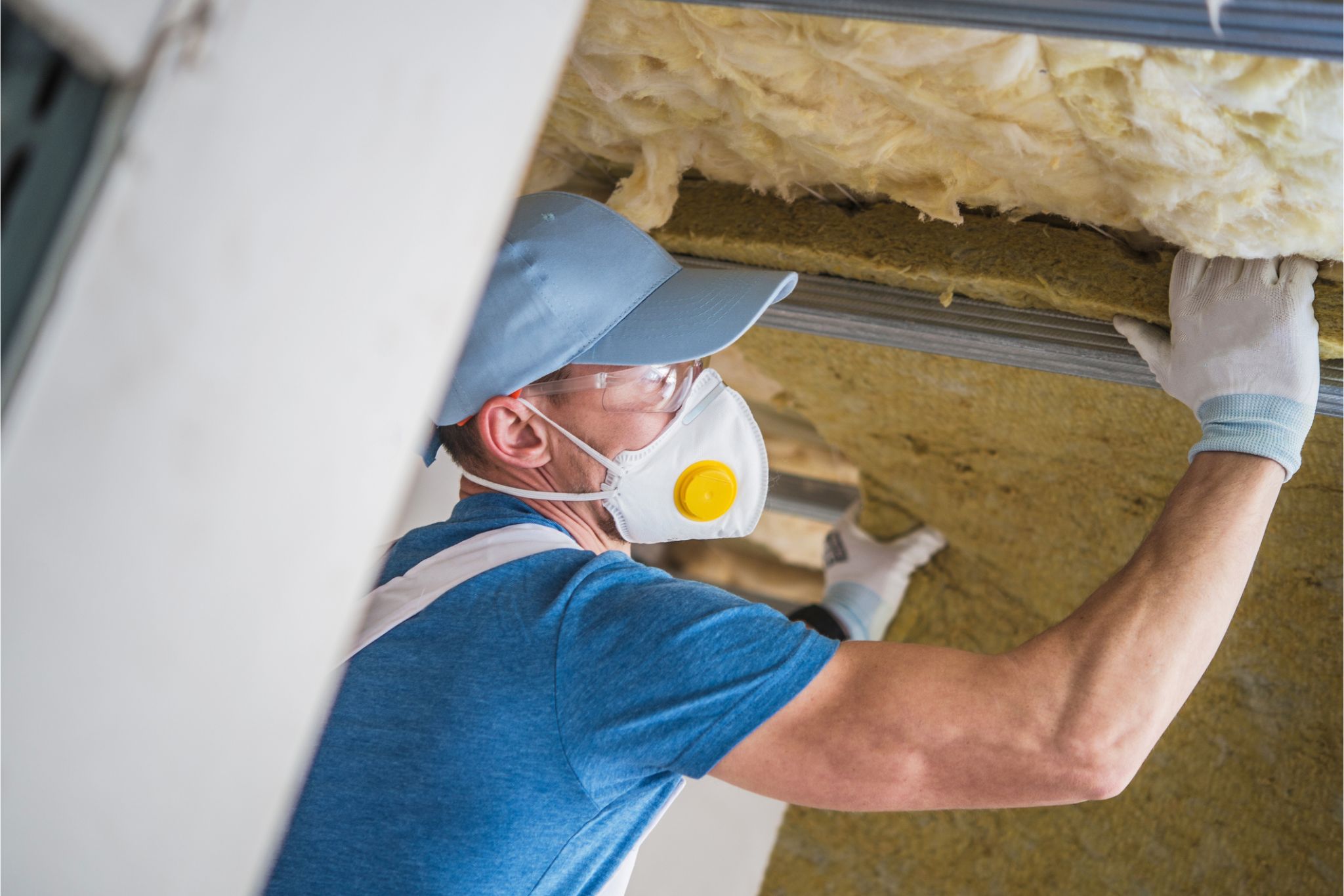


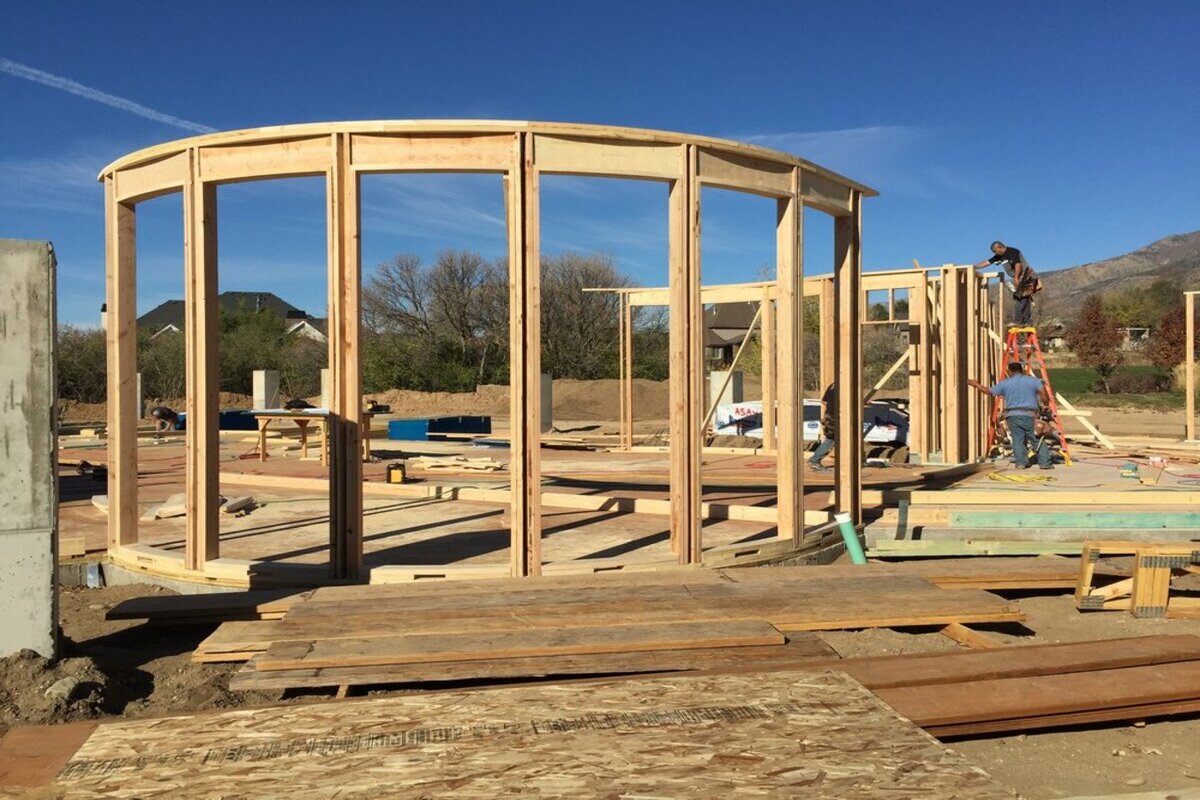
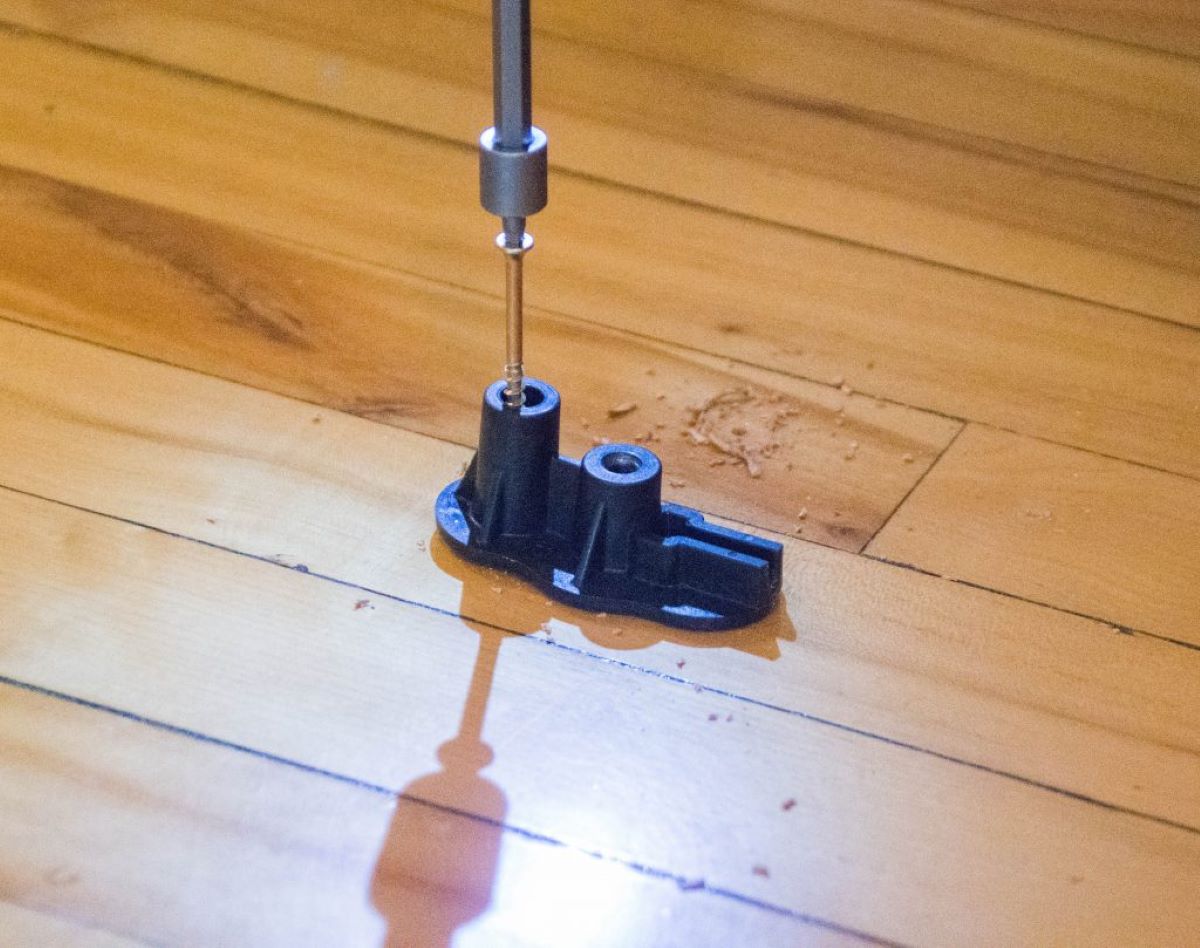







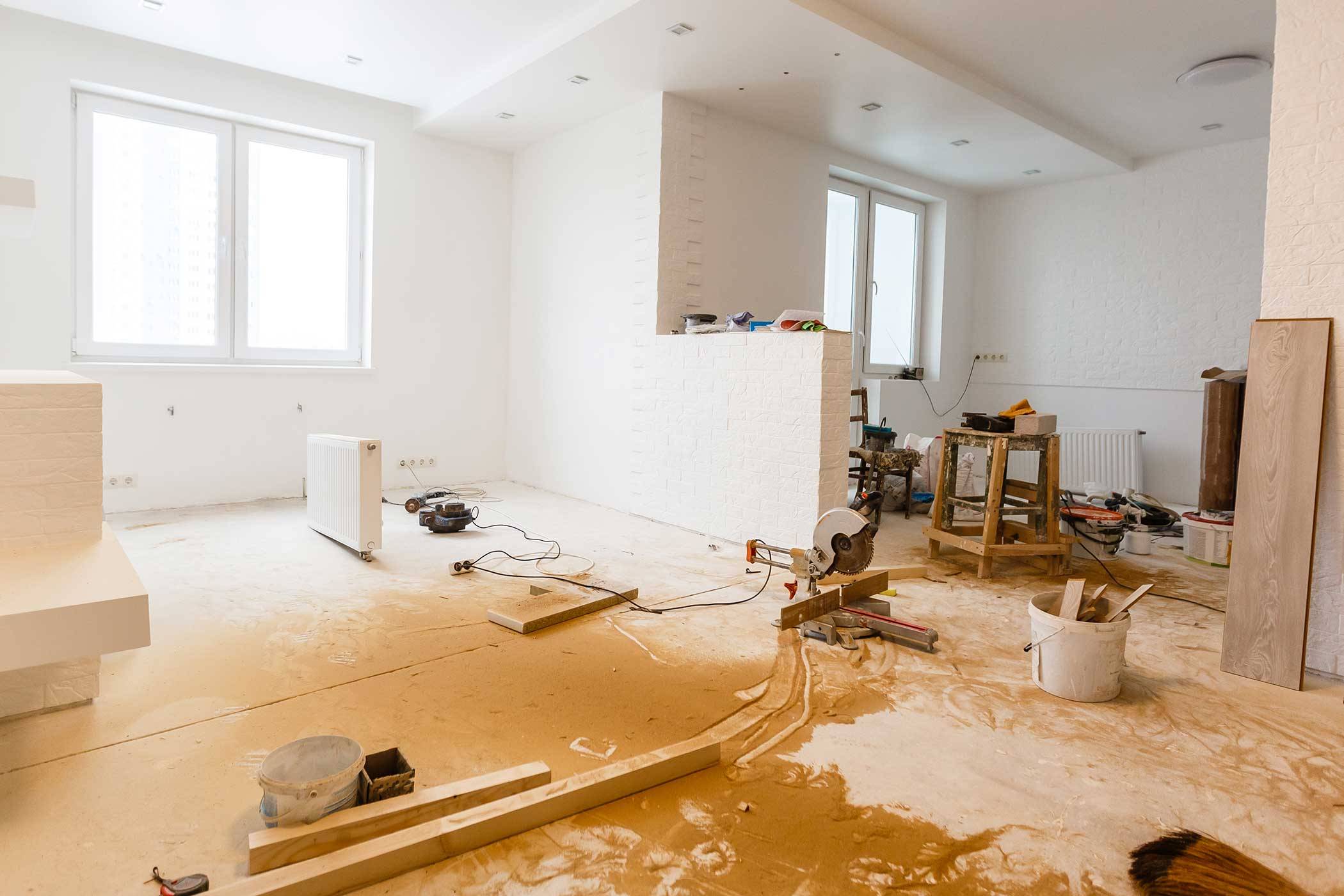
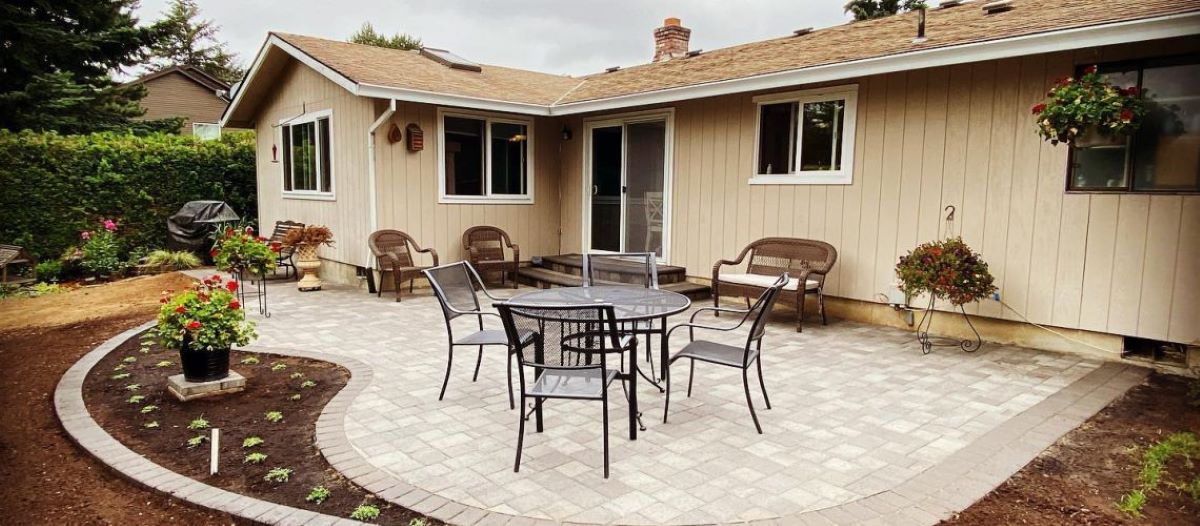

0 thoughts on “How To Claim Home Renovation Tax Credit”